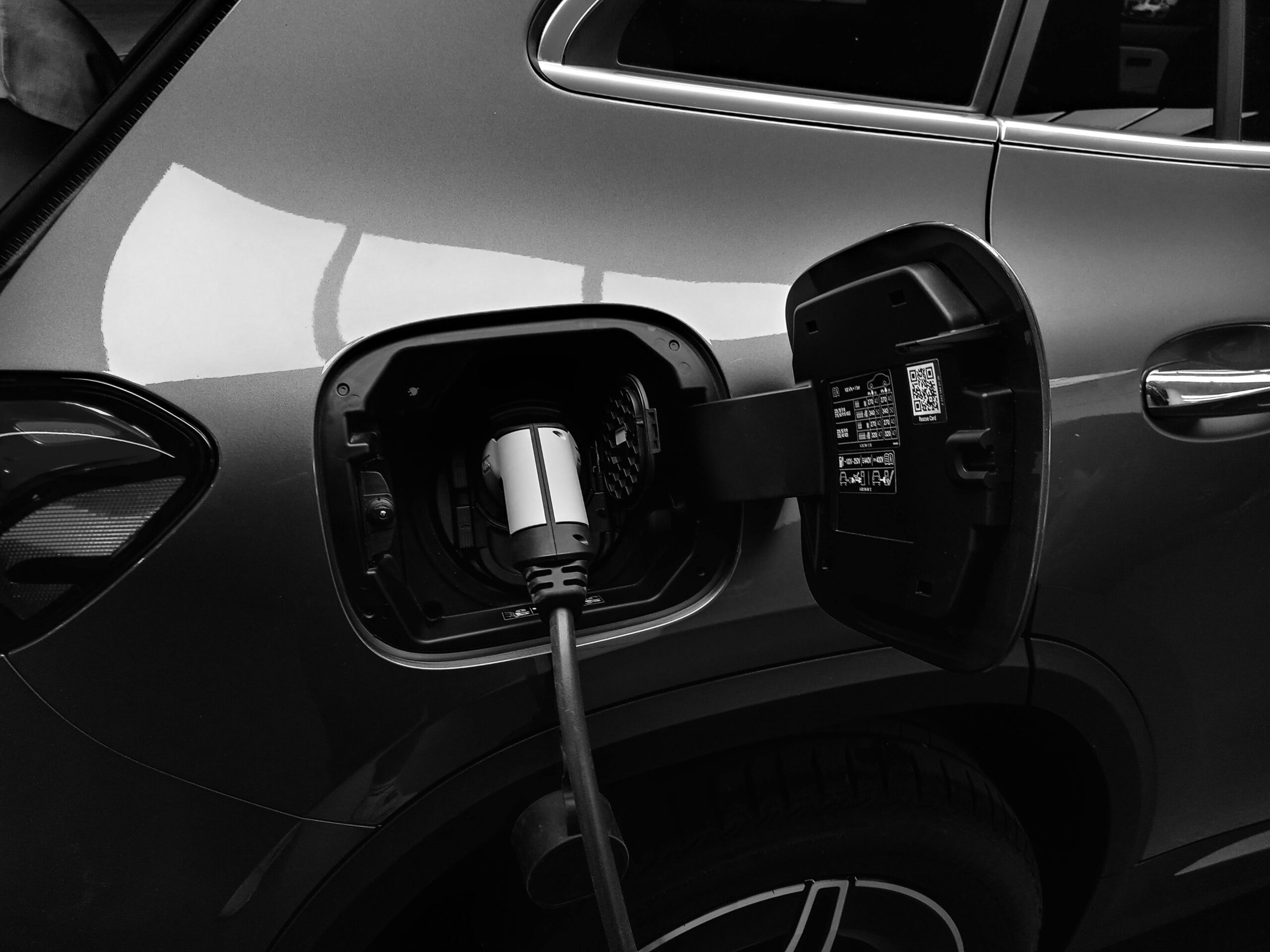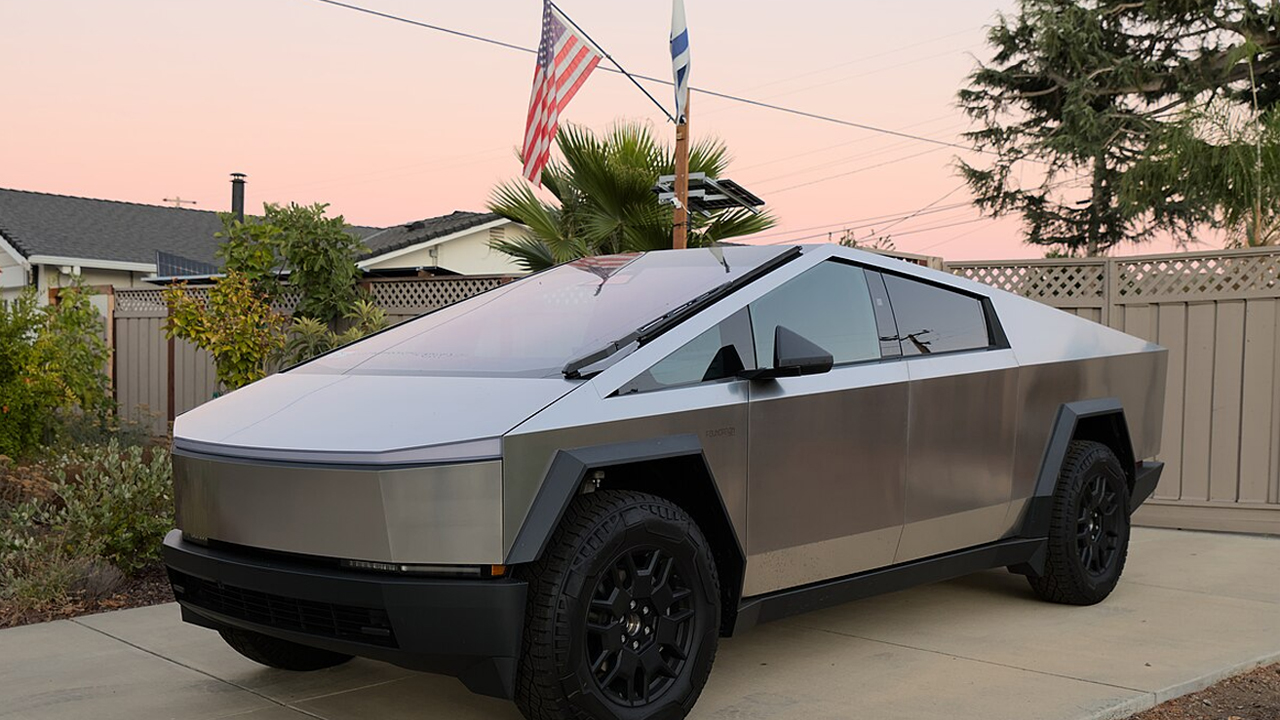How the Technology Works
Some paints now do what seemed impossible a decade ago—repair themselves. These coatings use polymers and microscopic capsules that spring into action when scratched, softening and resealing the surface with heat, UV light, or time. The science is still evolving, but experts at AZoM point to these materials as a key player in reducing long-term vehicle wear and cosmetic damage.
A Natural Fit for EVs
Electric vehicles are already rethinking the car from the ground up—adding self-healing paint just makes sense. It supports durability, minimizes environmental impact, and fits the low-maintenance lifestyle many EV buyers prefer. One analysis from Dynamic Paint N Panel calls this coating an ideal match for the sustainability goals of modern EV manufacturers, cutting down on paintwork chemicals and extending a vehicle’s showroom shine by years.
BMW Is Already Doing It
It’s not theoretical anymore. BMW’s iX electric SUV uses a special self-healing polyurethane layer over its grille that can erase minor scratches in a day. The company claims the material performs even faster when exposed to a little heat. Details about this tech, uncovered in a deep dive from Repairer Driven News, show how it’s not just about looks—those surfaces often protect radar and LiDAR sensors critical for autonomous driving features.
Shifting the Repair Landscape
But there’s another side to this. Paint shops and collision centers are watching the rise of self-healing tech closely. These materials may require new tools and skills—and in some cases, full retraining. A report from Paint & Panel highlights the challenges that body shops could face if self-repairing polymers become standard across vehicle panels.
The Next Generation of Paint
Looking ahead, future coatings might not just heal—they might improve themselves over time. Early prototypes using organic polymers and UV-activated binders are being tested by materials scientists worldwide. One early look into this development, featured in Wired, explored how these smart surfaces could react to minor abrasions like skin, reknitting under sunlight with no mechanical input. It’s still early days—but the tech is real, and it’s accelerating.



